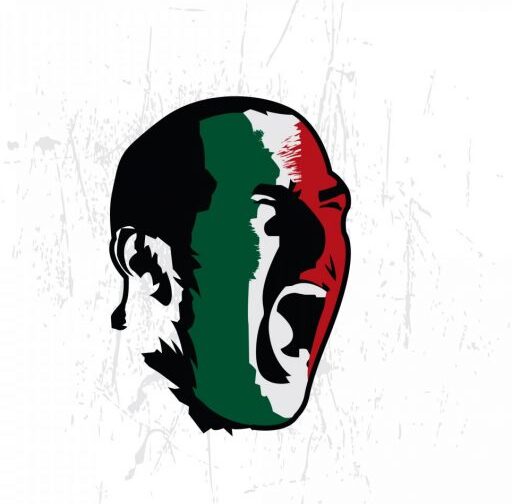 Roma’s defeat to Manchester City may have been disappointing, but it was not terminal to their European campaign, as Rudi Garcia’s side will drop into the Europa League. That leaves Juventus as Italy’s only representatives in the Champions League, while the Giallorossi will have to lick their wounds before starting off again in the ‘kid brother’ competition.
Roma’s defeat to Manchester City may have been disappointing, but it was not terminal to their European campaign, as Rudi Garcia’s side will drop into the Europa League. That leaves Juventus as Italy’s only representatives in the Champions League, while the Giallorossi will have to lick their wounds before starting off again in the ‘kid brother’ competition.
In that competition they will find themselves amongst familiar company as Inter, Fiorentina, Napoli and — after a rather handsome 5–1 win in Copenhagen — Torino all progressed from the group stages; five representatives at this stage of the Europa League is a record for Serie A, and represents a trend that has not always been obvious.
For a league that has provided more Champions League finalists than any other, with 26, it might seem something of a downgrade to be excited about the Europa League. That attitude fails to take into account the slide that Italian football has suffered since Inter’s triumph in the 2010 Champions League — the last trophy won by a Serie A side in Europe. It also fails to take into account the fact that UEFA coefficient rankings account for victories in both competitions.
 The Europa League may be UEFA’s second competition, but the fact that the likes of Chelsea and Atletico Madrid have won it in recent times indicates the difficulty that Serie A’s representatives may have in progressing. The fact that Spain has provided six of the last eleven winners only further adds to that impression.
The Europa League may be UEFA’s second competition, but the fact that the likes of Chelsea and Atletico Madrid have won it in recent times indicates the difficulty that Serie A’s representatives may have in progressing. The fact that Spain has provided six of the last eleven winners only further adds to that impression.
As it was, Roma fell out of the Champions League somewhat unluckily, though they were outclassed in their group stage meetings by Bayern Munich. Had they progressed, they would have been drawn to face a group winner who would quite possibly have enacted a similar result. Compare that to their next opponents in the Europa League. While the teams that have qualified have some degree of quality, there is a very real chance of progress, and a very real chance that the Giallorossi will be able to add considerably to Serie A’s club coefficient.
Portugal’s case is an important one here. The Primeira Liga is not traditionally viewed as one of Europe’s elite leagues in terms of strength, but their top sides have found themselves in the Europa League often in recent times and have made the very best of it. Porto, Braga, Sporting and Benfica have all reached finals since the last Italian representative, which was Parma’s defeat of Marseille in 1999.
That has lifted the coefficient of the Primeira Liga up to within striking distance of Serie A, almost relegating Italy to fifth spot in the list of European leagues. With a strong representation in the competition this time around, that gap will increase again. To that end, it is not impossible to imagine Roma, Napoli, Inter or Fiorentina making a run to the latter stages, all the while picking up coefficient points. Torino, meanwhile, have European history of their own — reaching the final of the competition in its UEFA Cup guise, back in 1992.
 Roma’s disappointment, in other words, is an opportunity. It is an opportunity to demonstrate that Serie A clubs can still perform in Europe. It is an opportunity for Serie A’s UEFA coefficient to get a boost from five sides who could all earn some extra points in the matches to come. Perhaps most importantly of all, it is an opportunity for European silverware to return to Italy for the first time in five years. One has to go back to the 1970s to find a drought longer than the current one.
Roma’s disappointment, in other words, is an opportunity. It is an opportunity to demonstrate that Serie A clubs can still perform in Europe. It is an opportunity for Serie A’s UEFA coefficient to get a boost from five sides who could all earn some extra points in the matches to come. Perhaps most importantly of all, it is an opportunity for European silverware to return to Italy for the first time in five years. One has to go back to the 1970s to find a drought longer than the current one.
Follow Marco Jackson on Twitter at: @Marco4J


